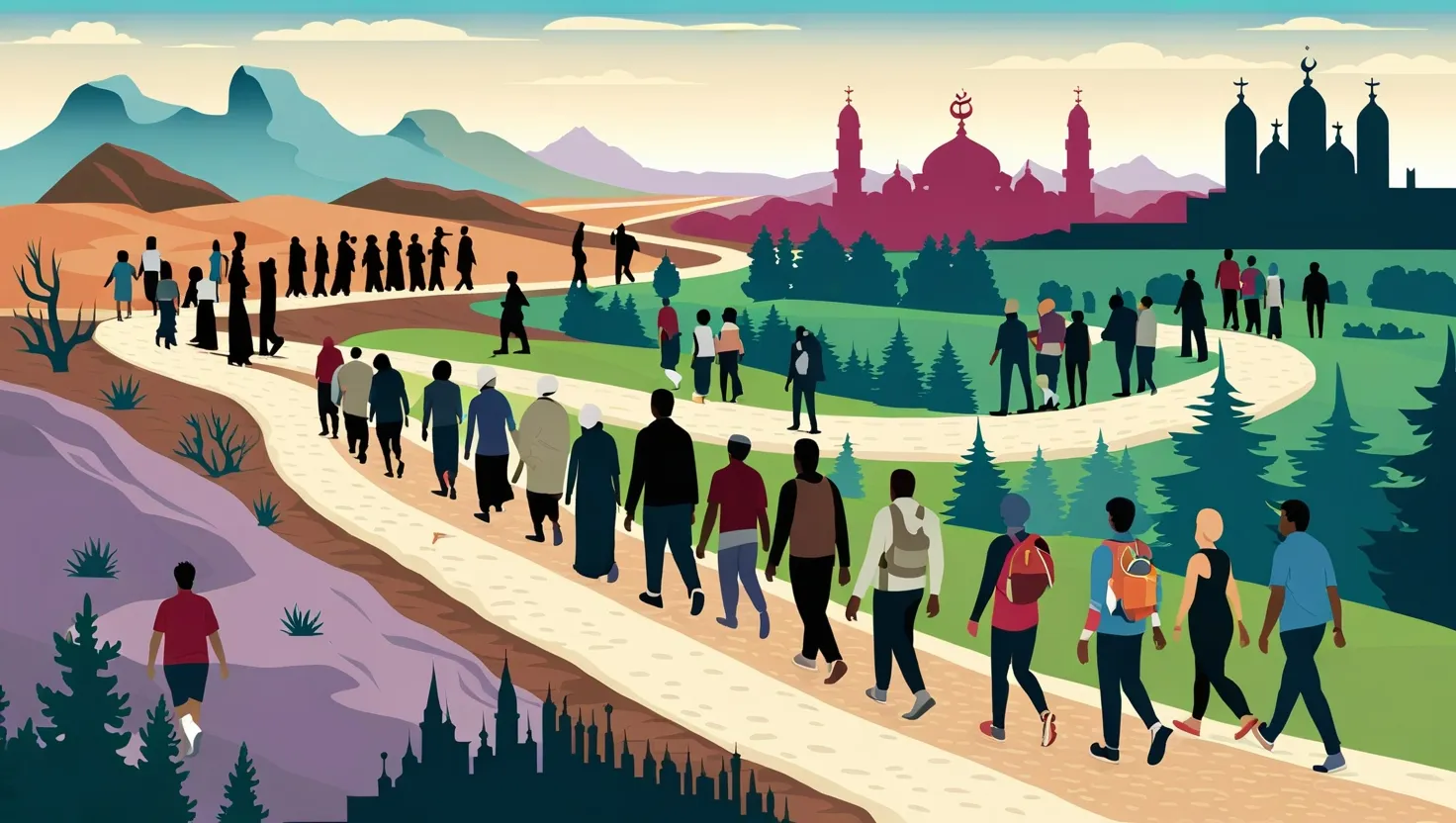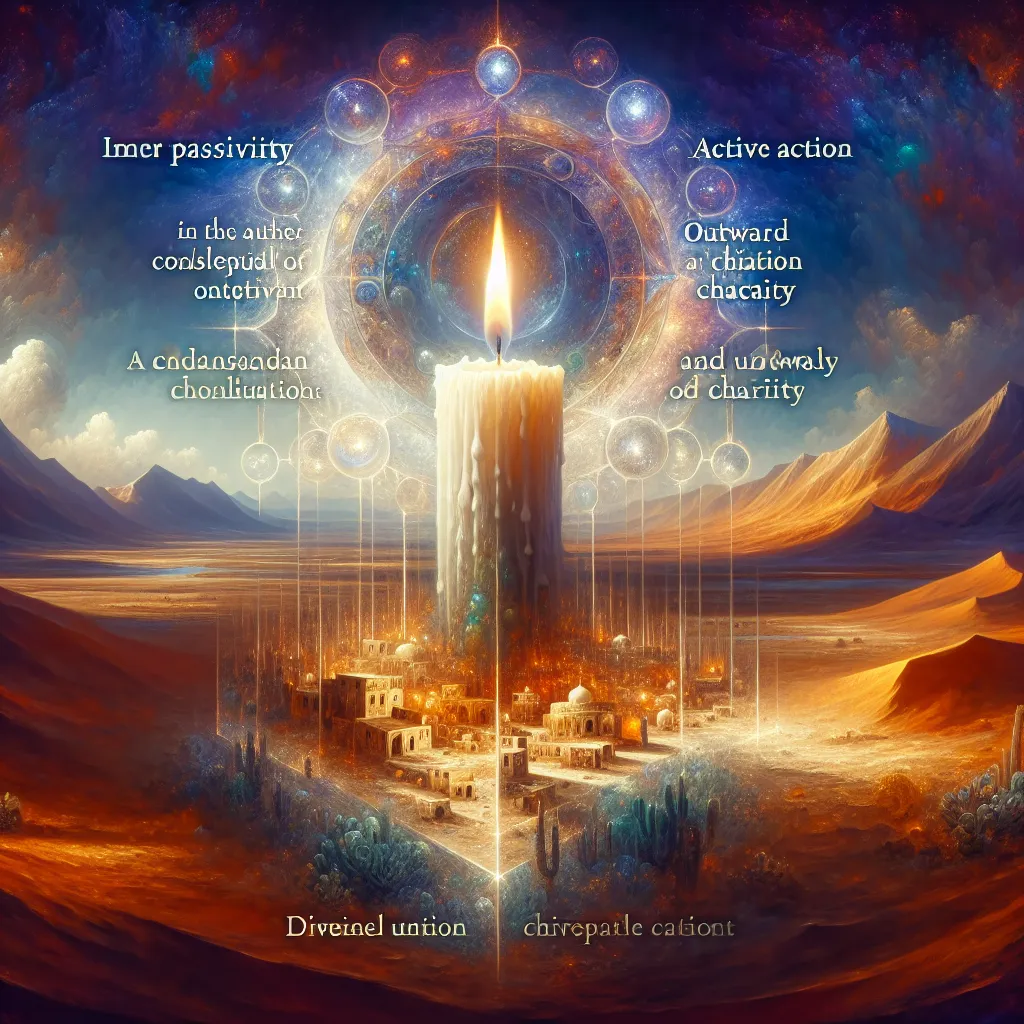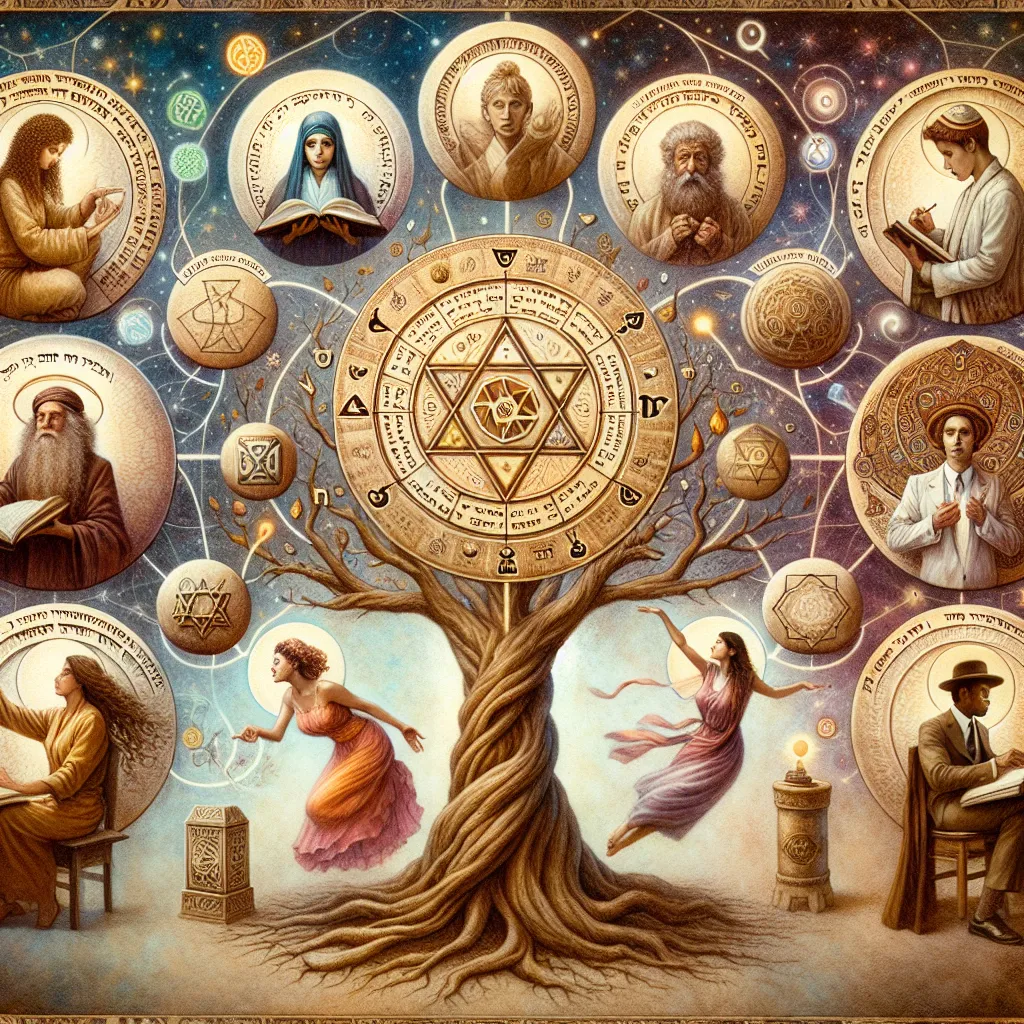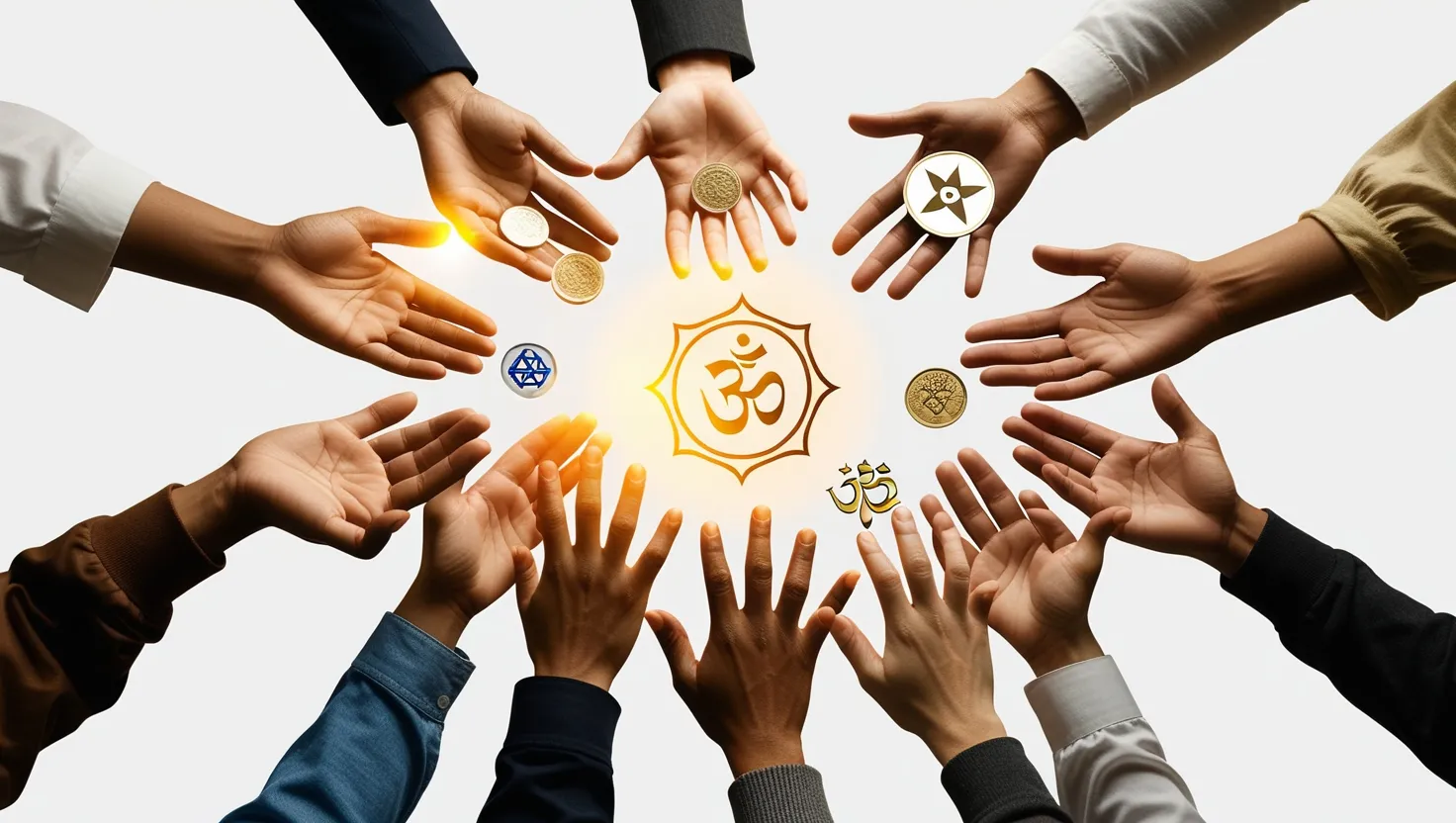As I reflect on the diverse tapestry of human spirituality, I am drawn to the profound significance of religious pilgrimages. These journeys, often undertaken with great devotion and sacrifice, serve as more than just physical travels; they are transformative odysseys that delve into the very heart of faith and identity.
Let’s begin with the Hajj, one of the most iconic pilgrimages in the Islamic world. Every year, millions of Muslims from all corners of the globe converge on Mecca, their eyes fixed on the Kaaba, the sacred cube that stands as a symbol of unity and submission to Allah. This pilgrimage is not just a ritual; it is a mandatory act for every able Muslim at least once in their lifetime, a testament to the equality and spiritual renewal that Islam embodies.
The Hajj is a journey that strips away the trappings of wealth and status, as pilgrims don simple white garments, known as the ihram, which signify their equality before God. This uniformity is a powerful reminder that, in the eyes of Allah, all are equal. The rituals of the Hajj, from the circumambulation of the Kaaba to the symbolic stoning of the devil at Mina, are designed to cleanse the soul and renew one’s commitment to faith.
In the vast and vibrant landscape of Hinduism, the Kumbh Mela stands out as a spectacle of unparalleled scale and spiritual significance. Occurring every twelve years, this mass pilgrimage rotates among four sacred locations in India: Haridwar, Prayagraj, Ujjain, and Nashik. Here, millions gather to bathe in the holy rivers, a ritual believed to wash away sins and bring spiritual liberation.
The origins of the Kumbh Mela are rooted in ancient mythology, specifically the story of the churning of the ocean, or Samudra Manthan, where gods and demons collaborated to produce the elixir of immortality, Amrit. Drops of this divine nectar fell at the four locations, imbuing them with sacred power. For Hindus, bathing in these waters during the Kumbh Mela is a once-in-a-lifetime opportunity to break free from the cycle of birth and death and achieve moksha, or liberation.
Moving to the Christian tradition, we find the Camino de Santiago, a network of ancient pilgrimage routes that converge on the shrine of St. James in Santiago de Compostela, Spain. This journey is not just about reaching a destination; it is a path of self-discovery and spiritual growth. Pilgrims from all over the world walk hundreds of miles, often carrying nothing but a backpack and a sense of purpose.
The Camino is a journey that tests physical endurance but also offers profound spiritual rewards. Along the way, pilgrims encounter a myriad of experiences – from the camaraderie of fellow travelers to the solitude of the Spanish countryside. The journey culminates at the shrine of St. James, where the relics of the saint are believed to reside, offering a tangible connection to the early days of Christianity.
In the heart of Jerusalem lies the Western Wall, the holiest prayer site in Judaism. This ancient wall, a remnant of the Second Temple, is a place where Jews from around the world come to pray, to weep, and to leave written prayers in the cracks of the stone. The Western Wall is more than just a historical site; it is a living, breathing embodiment of Jewish faith and identity.
Here, pilgrims find a sense of connection to their ancestors and to the sacred history of Judaism. The wall is a silent witness to centuries of prayer and devotion, its stones bearing the weight of countless hopes, fears, and dreams. For many, the act of praying at the Western Wall is a deeply personal and emotional experience, a moment of raw connection with the divine.
Lastly, we turn to Buddhism and the Four Sacred Sites that mark significant events in the life of the Buddha. Lumbini, where he was born; Bodh Gaya, where he achieved enlightenment; Sarnath, where he delivered his first sermon; and Kushinagar, where he passed away – these sites are pilgrimage destinations for Buddhists seeking spiritual insight and a deeper understanding of the Buddha’s teachings.
Visiting these sites is not just about retracing the footsteps of the Buddha; it is about immersing oneself in the teachings that he left behind. At Bodh Gaya, pilgrims sit under the Bodhi Tree, the very spot where the Buddha attained enlightenment, seeking to replicate that moment of profound understanding. At Sarnath, they reflect on the first sermon, the Dhammacakkappavattana Sutta, which laid the foundation for Buddhist philosophy.
These pilgrimages, each unique yet interconnected, illustrate how religions use physical journeys to foster spiritual transformation, communal bonding, and a connection with sacred history. They are not mere rituals but living, breathing expressions of faith that transcend time and space.
As I ponder these journeys, I am struck by the common thread that runs through them – the quest for spiritual renewal and the desire for a deeper connection with the divine. Whether it is the Hajj’s emphasis on unity, the Kumbh Mela’s pursuit of immortality, the Camino’s path of self-discovery, the Western Wall’s silent prayers, or the Buddhist sites’ reflection on enlightenment, each pilgrimage offers a unique lens through which to view the human condition.
In an age where the world seems increasingly fragmented, these pilgrimages remind us of the power of shared experiences in reinforcing faith and cultural identity. They are testaments to the enduring human spirit, a spirit that seeks meaning, connection, and transcendence in the most profound ways imaginable.
As we embark on these journeys, whether physically or spiritually, we are reminded that the true essence of pilgrimage lies not in the destination but in the journey itself. It is in the steps we take, the prayers we utter, and the connections we make along the way that we find the true significance of these sacred travels.






